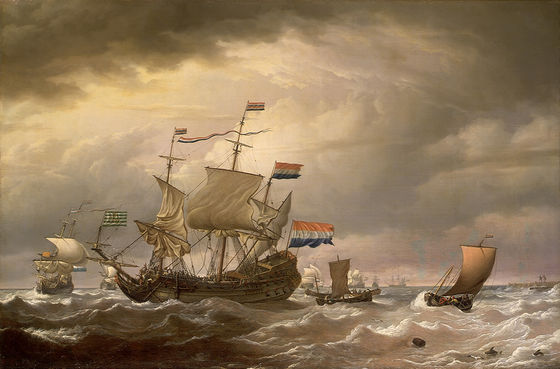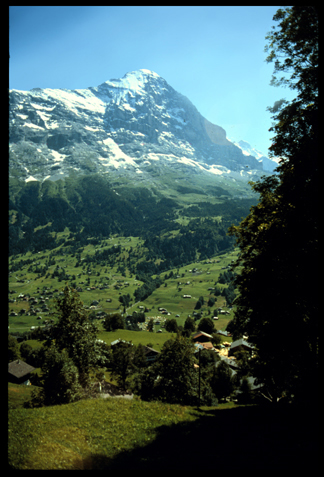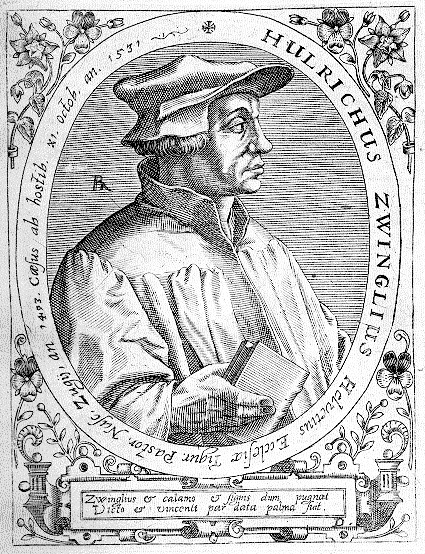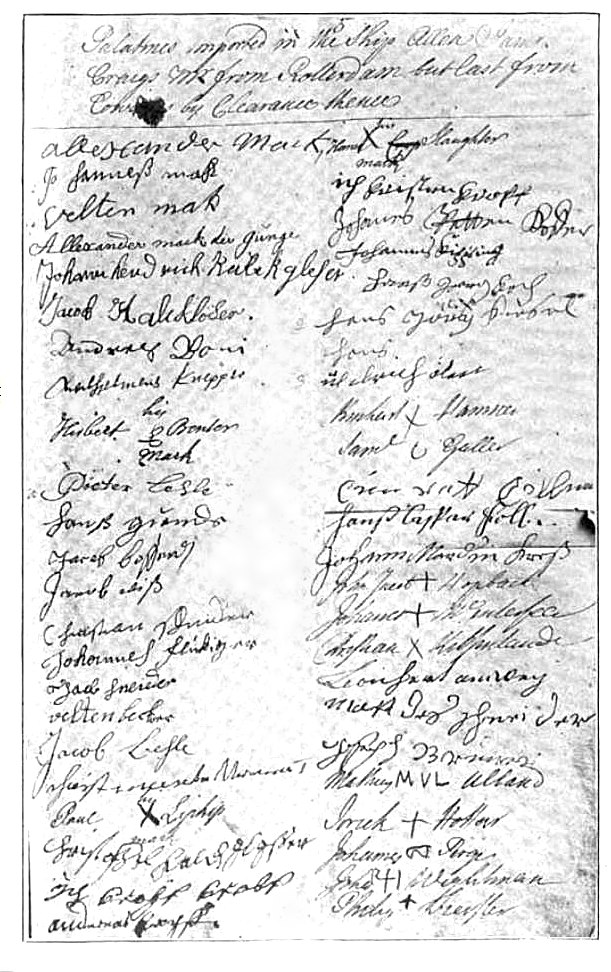
William Van De Velde, the Younger. "Dutch Flag Ship brought to in a fresh Breeze", about 1700
© National Maritime Museum, Greenwich, London
Kropf/Krupp/Krupt/Krupp/Cropp/Croop/Grubb
Family
Switzerland/Netherlands/Germany/Colonies
| Children | |||
|---|---|---|---|
| Christian
Kropf/Grubb |
b. before 1680 Germany or Switzerland | d. after Sept. 1729 probably in Pennsylvania or Virginia | m. unknown |
| Grubb (probably multiple children) |
b. |
d. |
m. |
| Grubb* | b.
|
d.
|
m.
|



 Ship Manifest of "Allen" 1729 - page 1 of 2 - copy from Brumbugh's history. |
(male passengers as listed
here, the X indicated that they couldn't write their names. This is the best I could do to matching them to other lists) Allexander Mack Johannes Mack Allexander Mack, junior Johann Hendredk Kalckgleser Jacob Kalckgleser Andreas Ponni Johannis Knipper ?his Hisbert Benter Mack Picter Lisle Hans Gunde Jacob Kalackloser Jacob Wiss Christian Schneider Johannes Flickiger Jacob Snider Velton Becker Jacob Lesle Heinrich Holtzstein Paul Lipkip Johannnes Peterkoffer jr Jacob Crofp Andreas Crofp |
Johannes Slaughter jr. Christian Cropp Joseph Brunner Johannes Kipping Hans George Koch Jans Jacob Kiebel Jans Hans Georg Klauser Rinehart Hammer Saml Galler ?Christian Krofp John Christian Crofb Johannes Martin Dress Johannes Jacob Hopback Johannes Meinterfeer Christian Kalakglasser Leonhart Amweg Heinrich Peter Middledorff Joseph Brunner Mattius MVL Ulland Jerrich Hoffart Johannes Perger Johannes Wightman Philip Fiersler |
| parents | children | sponsor |
| Christian Kroph and wife |
(35)Jacob , aged 26,years | John Jacob Nicolaus and wife Anna Barbara Rosina, nee Kipp |
| (ditto) | (36) Daniel, age 24 | Jacob Arkebrech (Argenbright) and wife Susanna |
| (ditto) | (37) Margaret, age 18 years | I.C. Van Gemuenden,the Reformed minister wife, M.A. Van Germuenden, also Jacob Perschinger, Reformed elder, and wife Maria Catharine |
| Peter Mueller (Miller) and wife Margaret |
(51) Jacob, born April 17, 1785; bapt. June 18 |
Jacob Croop and wife Barbara Peter Mueller and Margaret is actually the Margaret, daughter of Christian Kroph, Jr.. Her brother is the sponsor of the baptism |
| Jacob Croop and wife Anna Barbara |
(63) John, born March 9, 1765; bapt. June 18 |
John Argebrecht and Catharine Vogt |
| Daniel Grub and Elizabeth |
(88) Mary Catharine, born December 15, 1775 |
Peter Miller and wife Anna Maria |
| Martin Finder and Barbara |
(91) Barbara, born Feb. 24, 1776 |
Jacob Grub and Barbara |
Marriages in 1762: On March 2. Jacob Kropp (Cropp), son of Christian Kropp and Anna Barbara Metzger, daughter of Eroge Valentine Metzger On March 2. Peter Mueller, son of Henry Mueller, and Margaret Kropp, daughter of Christian Kropp. On Saturday, Feb. 27, 1762 was received as a member of the congregation, upon confession of her faith, Margaret Kropp (Cropp) [Peaked Mountain Church Record, edited by Prof. Wm. J. Hinke and Charles Kemper] |
||
The Peaked Mountain Church was an early German Lutheran church
and holds some of the earliest records of colonist of German
descent. In various records of the Peaked Mountain Church, their
last name is spelled at least three different ways. Early records
spell the name as Krupt, later changed to Kruph, translated as
Croop, late listings as Grub or Grubb. This has be Christian
Jr. for the same reasons of age and the children would have to be
his adult children.







All information and photos included within these pages
are here for the express purpose of personal
genealogical research and may not be included or used
for any commercial purpose or included in any commercial
site without the express permission of Cheryl and Elroy
Christenson. Copyright Elroy Christenson 1998-2020.